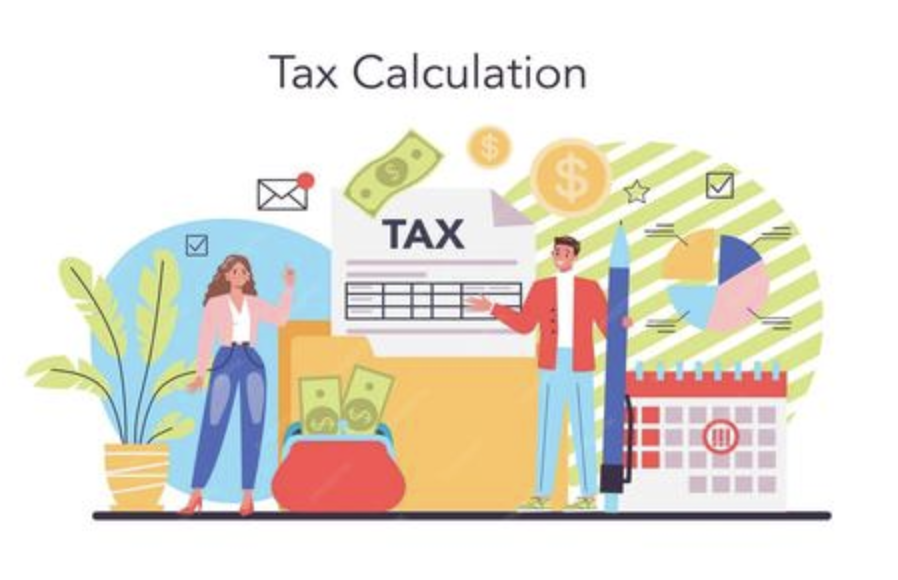High-income salary earners frequently fail to take advantage of legal tax-saving options that extend beyond typical deductions. As the year draws to a close, careful planning can greatly minimize taxable income without incurring the risk of audits. These often-overlooked strategies utilize tax regulations to retain wealth while adhering to legal requirements. Here is how you can enhance your tax situation prior to the cutoff.

Enhance Employer-Sponsored Programs
In addition to 401(k) plans, various employers provide extra retirement savings options such as 457(b) plans or deferred compensation alternatives. These allow you to allocate income before taxes, thereby reducing your presently taxable earnings. Some businesses also offer health savings accounts (HSAs) that accompany high-deductible insurance plans—contributions are tax-deductible, earnings accumulate tax-free, and withdrawals for healthcare expenses remain tax-exempt.
Capitalize on Charitable Donation Approaches
Donor-Advised Funds (DAFs) enable you to donate appreciated assets, such as stocks, instead of cash. This strategy circumvents capital gains taxes on the asset's increase in value while allowing for an immediate tax deduction based on the total fair market price. Aggregating donations—making two years’ worth of contributions at once—can elevate your giving above the standard deduction limit, maximizing your savings.

Maximize Deductions for Business Expenses
For those with freelance jobs or side projects, you can deduct home office expenses using either a simplified method or your actual expenses. Ensure you capture deductions related to professional training (such as courses and certifications), business travel, and even software memberships. Maintain meticulous records as these costs can lead to significant savings.
Take Advantage of Educational Tax Incentives
The Lifetime Learning Credit offers a benefit equivalent to 20% of up to $10,000 in allowable education spending, even applicable to non-degree programs. If you are repaying student loans, the deduction for student loan interest permits subtracting up to $2,500 of interest paid, which lowers your taxable income. For those with children, contributions to 529 plans could also be eligible for state tax deductions.
Apart from HSAs, flexible spending accounts (FSAs) designed for medical or dependent care enable you to utilize pre-tax money for qualifying expenses. Certain employers may have wellness program incentives—engaging in smoking cessation or fitness initiatives can minimize premiums or yield tax-advantaged benefits. Although cosmetic procedures are not deductible, medical treatments aimed at health conditions do qualify.
Time Your Investment Gains and Losses
Tax-loss harvesting involves the disposal of assets that have diminished in worth to offset capital gains generated from successful investments.You can subtract up to $3,000 of excess losses against regular income, while unused losses may be carried forward to subsequent years. Be cautious of the wash-sale rule by ensuring you wait 30 days before reacquiring a "substantially identical" asset.

Planning for taxes at year-end is not merely about shortcuts—it is about strategically leveraging tax regulations for your benefit. By integrating these tactics, high-income salaried individuals can legally lessen their tax obligations and retain more of their earnings. Start assessing your financial condition immediately to guarantee that you do not miss these opportune chances.







